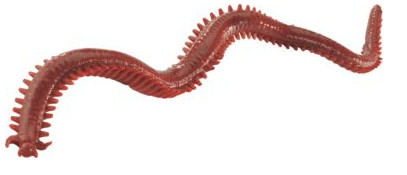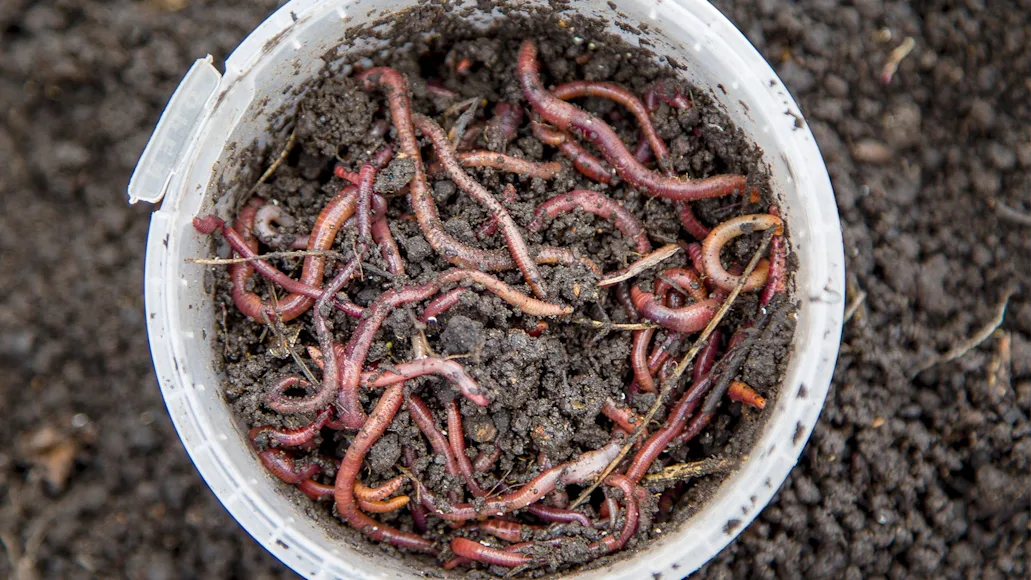Getting The Where To Find Red Wigglers To Work
Table of ContentsSome Known Questions About Where To Find Red Wigglers.The smart Trick of Where To Find Red Wigglers That Nobody is Talking AboutAll About Where To Find Red WigglersThe Ultimate Guide To Where To Find Red WigglersAbout Where To Find Red WigglersNot known Factual Statements About Where To Find Red Wigglers The 30-Second Trick For Where To Find Red Wigglers
If you have a difficult time finding them, try using a shovel to dig into the ground and break the wet soil with your hands to locate them. You can also try to find them in the very early morning when sprinklers wet the soil. You can resemble the moisture and rainfall factors on your very own! Soak your garden or lawn with water and try to find your worms once it gets dark.Lift it using utilize and search for your worms inside the hole. Don't forget to look under rocks, blocks, wood, and various other objects you might discover on the ground, as that's where worms commonly reside.
When you catch a number of worms, you will certainly intend to dip your fingers into sawdust to dry them and improve your next grasp. Note that you should not eliminate a lot of worms from one area as this can negatively affect that environment. Position your worms into their bin and store them in the refrigerator.
You can additionally use a pitchfork to draw worms in the air. Also referred to as a worm groaning stick, this conventional method entails sticking the pitchfork right into the ground and then massaging it with a piece of metal or timber. The vibrations that are created simulate the noise of a mole, which creates the worms to surface.
Our Where To Find Red Wigglers Diaries
For long-term worm storage space, we suggest constructing a devoted worm farm. Ideally, you discovered a number of ways to capture your worms the next time you require them after shutting hours or when you're feeling too careless to get in the car and drive numerous miles to the closest worm dealer!
This overview will certainly introduce you to the red wiggler to consist of a much deeper on dive on the types and information on breeding, life process, and recreation. We'll chat regarding how to keep red wigglers and why they ought to be the best worm for most composters. The red wiggler (binomial name: eisenia fetida) is the globe's most usual composting worm.
A study suggests that the two can produce hybrid children, a sensation which ought to otherwise be considered impossible between a lot of worm types. Enjoyable fact: The "fetid" part of the binomial name refers to what some state is a reeky secretion the red wiggler makes use of to fend off predators. Yet I have actually been taking care of them for years and never observed this! The makeup of a red wiggler resembles that of other typical earthworms; a long-segmented body starts at the pointed head and ends at a slightly-flatted tail.
The digestive system is basic, beginning at the mouth where the worm begins to consume its food before passing it on the throat. The throat is a muscle area which imitates a pump to draw food right into the mouth before pumping it out into the esophagus. The esophagus is narrow and thin-walled and acts as the "waiting area" for the gizzard.
Some Known Details About Where To Find Red Wigglers
Keep in mind: This need for grinding is why grit is advised in a worm bin. The worm includes no native grinding ability so the worm counts on ingested grit to assist grind its food in the gizzard. The stomach is where the initial chemical malfunction of food occurs with the aid of a protein-busting enzyme.
The intestine develops the longest component of the worm and is where the majority of food digestion takes place by means of enymatic processes. The spreadings ultimately pass via the anus at the end of the worm as pills covered with a biologically-rich mucus.
Within 42 days, these infant worms will certainly reach sexual maturation as evidenced by the introduction of article source the clitellum. A mature red wiggler can be anticipated to live between one to three years (Where To Find Red Wigglers). The mighty red wiggler may occasionally be made use of as a lure worm for smaller fish or as a protein resource for chickens and reptiles
And as discussed above, they are the most common composting worm in the globe. Instead, a mix of price, strength, and convenience in a wide variety of temperatures makes it the most proper composting worm for the majority of new vermicomposters.
The 10-Minute Rule for Where To Find Red Wigglers
This is an usual practice among worm his response carriers that don't intend to run the risk of having the worms being in a hot or cool storage facility over the weekend break. Worm growers are not saving worms in a situation where they are ready to ship. The worms should be gathered from their environment initially, so cultivators will certainly usually establish a Friday or Saturday due date in order to harvest in time for a Monday delivery.
To conserve on shipping cost, you may desire to see if there are any kind of nearby "Mother and Pop" stores via a Google search.

Where To Find Red Wigglers Fundamentals Explained
For ideal results, you desire to shoot for concerning 60-70% wetness degree. At the ideal dampness degrees which is simply under 70% that handful need to hardly generate one decrease of liquid.
The European Nightcrawler, the larger relative of the red wiggler, is simply as voracious and likewise produces an excellent lure worm. It likes a little bit of over here a cooler environment than the red wiggler. The African Nightcrawler is a huge composting worm and makes a stunning, granular cast.
The Indian Blue is ravenous, however likewise chooses a warmer climate and it likewise shows a tendency to get away the container. The red wiggler is a hardy worm and isn't as fussy concerning its climate. I like to call it the Ford Taurus of vermicomposting worms; you won't brag to your hardcore composting pals that you possess them, yet they will certainly serve you well.
Not known Facts About Where To Find Red Wigglers
Like any type of various other bait, a worm's efficiency has concerned depend upon its presentation. H.G. "Faucet" Tapply highlighted this factor virtually a half century earlier in among his Area & Stream columns. "A worm is such an unformed animal," he wrote, "there does not seem to be significantly a fisherman can do with it other than jab it on a hook and toss it right into the water." Yet as Faucet demonstrated, a fishermen can do a bargain to make a worm a lot more appealing.

Early morning is prime feeding time, and the weightless bait's sluggish descent leaves 5 inches of wriggling healthy protein in full view for a long time. After you've made the actors, maintain the bond open and put the rod in a forked stick. The line will certainly diminish the pole in slow-moving loopholes as the worm works out, however typically the slow-moving loopholes will end up being a blur, and the early morning will instantly obtain instead interesting.
You can fish deep and cover a whole lot of territory, and the crawler seems to be the perfect touch for this transitional time, when the smallmouths have yet to lock on to a preferred forage. Dark jigsblack, brownish, and purpleseem to match the nightcrawler's shade. I usually make use of an entire 'spider, favor marabou clothing, and drop the rod for 2 or 3 secs when I obtain a hit.
The 8-Second Trick For Where To Find Red Wigglers
If it's there, established the hook with a sweep instead than a jerk. Once in a while you'll locate yourself hooked to those slow, passionate tugs, and feel the weight of a nice walleye.